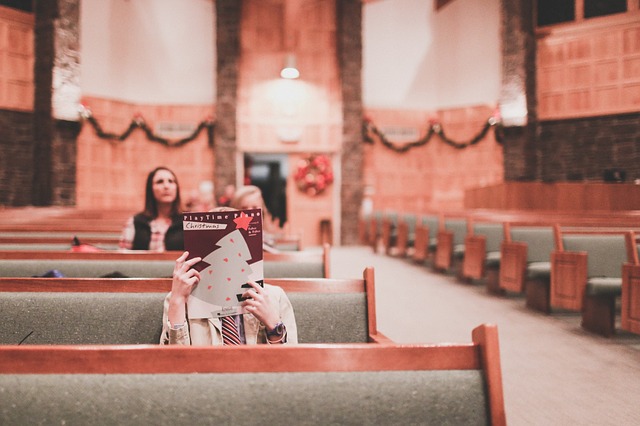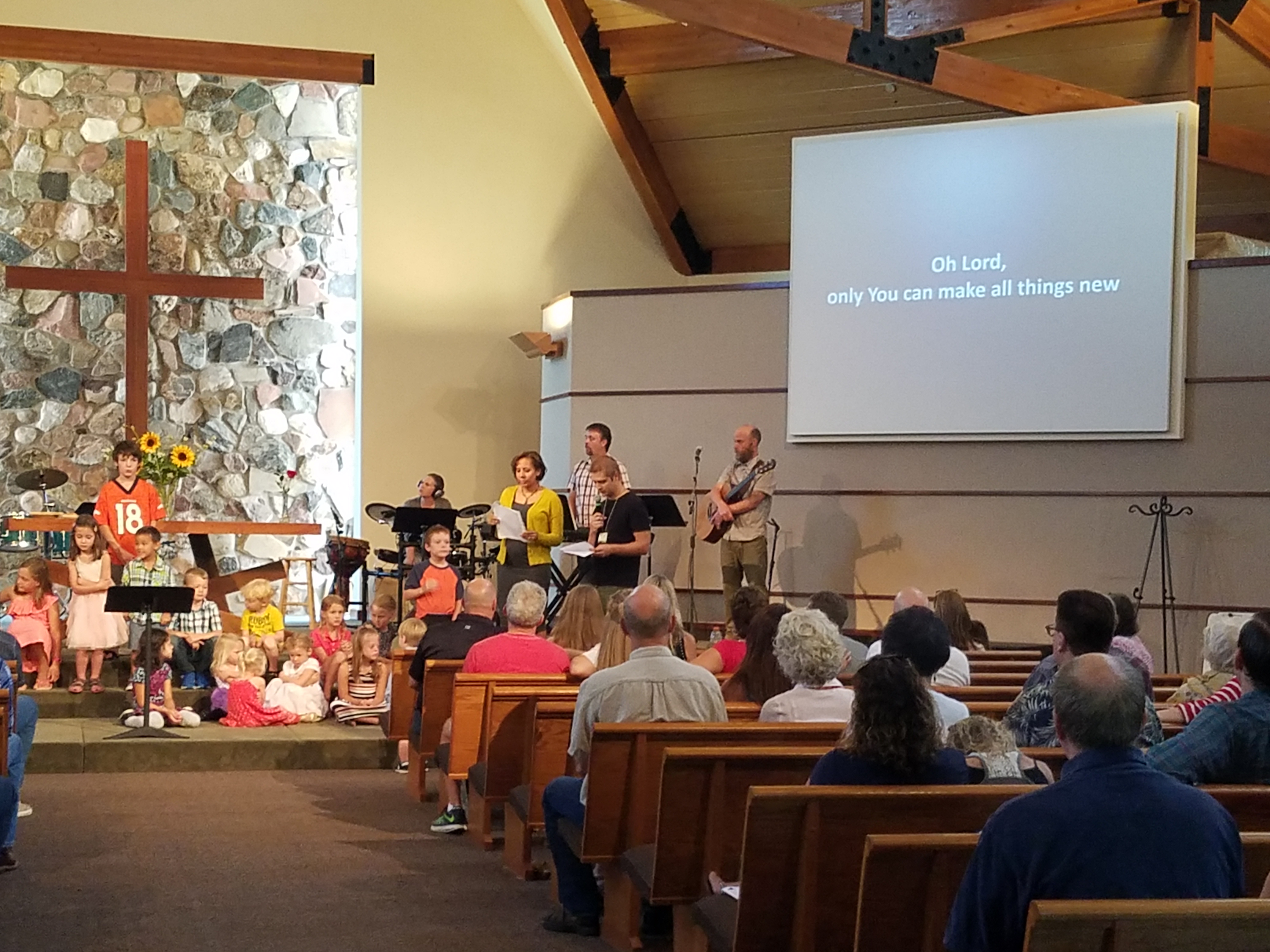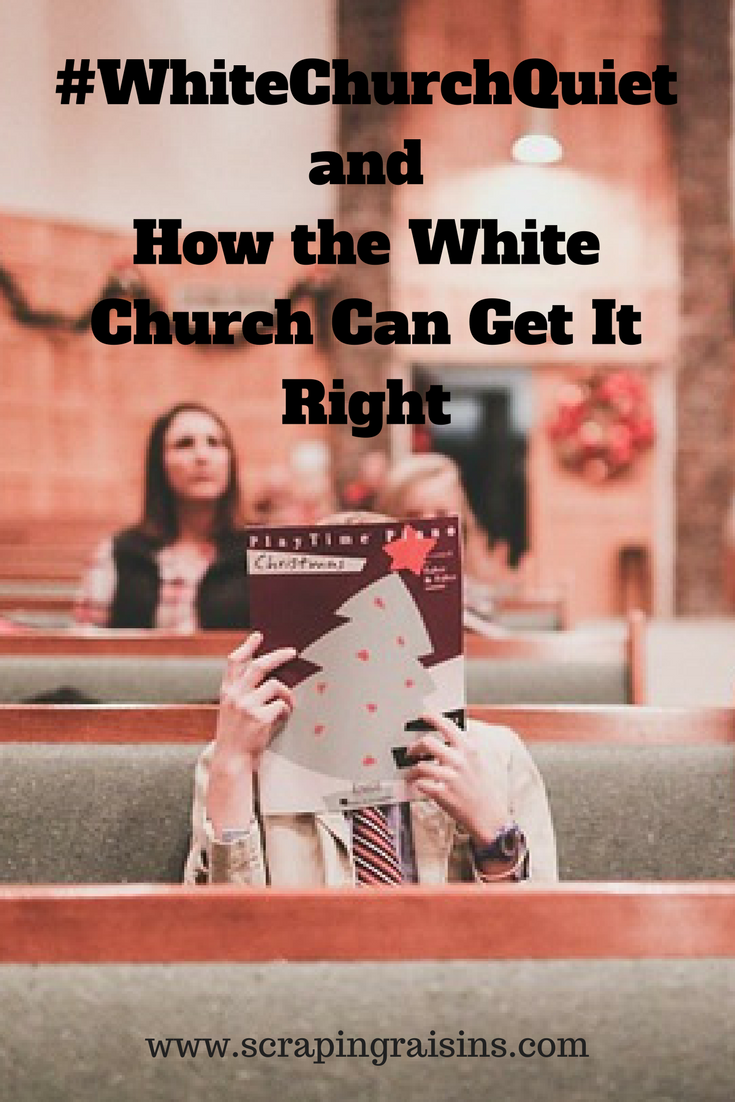
You can see from my headshot that I am very, very white. I’m mostly German, part Irish and part English. God made me white on purpose–just like he made you the way you look on purpose.
But whiteness carries invisible baggage from the past that often gets pushed under the rug in the name of “colorblindness.”
“Can’t we just forget and move on?”
“Why do we have to keep talking about slavery? Let’s focus on now, not then.”
“I didn’t have slaves.”
“I have friends from all races and am not racist.”
“I don’t see color, I just see people.”
It’s time for white people to recognize that while the past may not seem to be affecting us, it impacts people of color every single day.
The past soaks deep into our souls like ground water polluted by a gasoline leak so many years ago.
It is naive to assume history has no impact on the present.
But the truth is that we don’t want to be reminded. The fact that there are so few museums in the U.S. dedicated to slavery testifies that white people prefer to forget this aspect of our nation’s history.
So as I begin this month-long theme on racism, privilege and bridge building, I want to state some facts that I as a white person prefer to hide. They are the things I hesitate to tell my children because I don’t want them to know they are born into a tarnished, shameful history. But today, let’s drag these facts into the blinding light.
Because healing begins in the light.
Here are a few of the facts. I recommend reading them aloud so you don’t glaze over their weight:
Most black people came to North America as slaves. They were enslaved by white people, my ancestors.
Slavery lasted from 1619 to 1865. That’s 246 years of enslaving an entire race based solely on the color of their skin. If a generation is 25 years, that’s about 10 generations of slavery.
African Americans have been free for 153 years. Just six generations ago, our co-workers, friends, spouses, and classmates of color would have been born into slavery.
Segregation in schools was made illegal in 1954–just 64 years ago. But most schools, like my county in Tampa, FL, did not integrate schools until they were under court order to do so in the 1970’s. I attended schools in all African American neighborhoods under court order to desegregate. But today those court orders have been lifted and most schools are more segregated than ever.
All legally-enforced public segregation was abolished in 1964. Just 54 years ago.
My parents drank from water fountains only white people could drink from, ate in segregated restaurants, and attended segregated schools.
Interracial marriage was illegal until 1967. Just 51 years ago, it would have been illegal to marry a person of another race.
From the NAACP website:
Though African Americans and Hispanics make up approximately 32% of the US population, they comprised 56% of all incarcerated people in 2015.
African Americans are incarcerated at more than 5 times the rate of whites.
The imprisonment rate for African American women is twice that of white women.
In the 2015 National Survey on Drug Use and Health, about 17 million whites and 4 million African Americans reported having used an illicit drug within the last month.
African Americans and whites use drugs at similar rates, but the imprisonment rate of African Americans for drug charges is almost 6 times that of whites.
1 in 3 black men will be incarcerated in their lifetime.
Unarmed black Americans are five times as likely as unarmed white Americans to be shot and killed by a police officer, according to a Washington Post article from 2016.
By the time their kids are entering kindergarten, my African American friends and friends who have adopted children of color have already had conversations with their children about how to safely interact with teachers, police officers and white people in general.
***
And yet most white people still believe we live in a “post-racial society,” lumping slavery, segregation, Jim Crow, unequal incarceration, and housing, education, and wealth disparities together as “the past.”
But James Baldwin wrote, “History is not the past. It is the present. We carry our history with us. We are our history.” (“Black English: A Dishonest Argument”)
Our first step in pulling up a chair to the table of the race conversation, then, is to acknowledge that the trauma of the past is still rippling and raging into today.
***
This is an interesting resource about slavery education in U.S. classrooms: Teaching Hard History: American Slavery
If you’re a white person who’s new to all of this, I compiled some resources to start you on your journey (because I’m not much farther ahead):
70+ Race Resources for White People
80+ MORE Race Resources for White people
How is God calling you to enter the race conversation?
 This month we’ll be discussing racism, privilege and bridge building. If you’d like to guest post on this topic, please email me at scrapingraisins(dot)gmail(dot)com. Yes, this is awkward and fraught with the potential for missteps, blunders and embarrassing moments, but it’s necessary. Join me?
This month we’ll be discussing racism, privilege and bridge building. If you’d like to guest post on this topic, please email me at scrapingraisins(dot)gmail(dot)com. Yes, this is awkward and fraught with the potential for missteps, blunders and embarrassing moments, but it’s necessary. Join me?
I’ll go first.
Sign up for my Mid-month Digest and Secret Newsletter Here:
(Consider joining the Facebook group Be the Bridge to Racial Unity to learn more about how God is moving in this sphere.)
If you are a writer, consider using the hashtag #WOCwithpens to showcase the writing of our black and brown sisters of faith every Wednesday specifically, but anytime as well! You can find the explanation for the hashtag here.


















